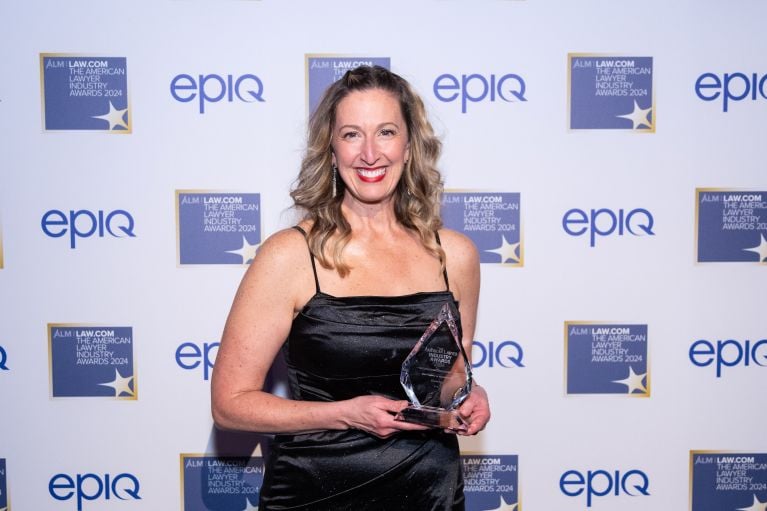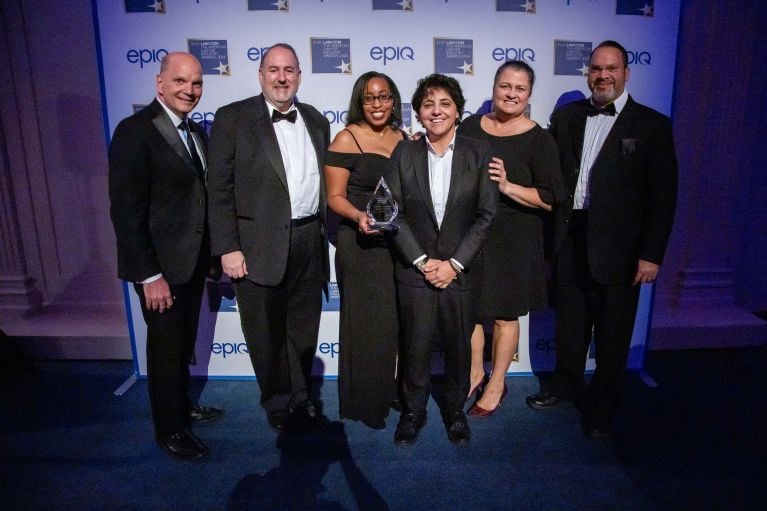 Photo: Shutterstock
Photo: ShutterstockShould You Be Taking the Lead on Workplace Violence Training?
As the corporate rule of law monitor, general counsel increasingly are working behind the scenes to address workplace violence and active shootings, experts told Corporate Counsel.
March 12, 2019 at 02:34 PM
4 minute read
The general counsel increasingly has become a company's face when it is in crisis. When it comes to workplace violence, however, it's often these same in-house legal leaders who are working behind the scenes to prevent that particular catastrophe, experts say.
“I've seen a pretty significant uptick in conversations with GCs about the imperative for not only workplace safety but active shooter and workplace violence” training and preparation, said Harlan Loeb, global chair of the crisis and risk practice at communications marketing firm Edelman. “It is on the minds of more GCs than I've seen in the past.”
According to the most recent records from the federal Bureau of Labor Statistics released last December, acts of workplace violence increased by more than 23 percent—from 703 to 866 incidents—in 2016, though the number decreased slightly in 2017 to 807.
Loeb attributes the increase in GC interest to the increase in incidents, as well as to the fact that in at least a couple of recent shootings—the one at Pittsburgh's Tree of Life synagogue last October, for example—survivors said their prior active-shooting training helped save lives.
Although companies are leading the way on addressing workplace violence, Loeb said, certain challenges exist, namely the vagueness of the regulations governing the issue.
The Occupational Safety and Health Administration “regulates the category but only includes a general duty of protection clause that doesn't specifically talk about violence,” he said, adding there should be a regulation that mandates companies to provide active shooting and workplace violence training so that companies do not have a choice in the matter.
He continued: “I say that not because they're opting out, but there are just some that are in some degree of denial about this. Even though it's low probability, it's extremely high risk.”
Another issue, Loeb added, is at the majority of U.S. companies, which generally are not large enough to have a dedicated security officer in the C-suite, such initiatives generally fall through the cracks.
But that's exactly where the GC can step in, he said.
“GCs should absolutely be the catalyst for [addressing these issues] because the well-being of the company and the rule of law mandate that they should be the ones looking out to protect the company from all of this,” Loeb said. “We absolutely need them on that wall, and in discharging their duties as GC, part of that is doing everything they can to protect their assets in any way they can.”
PRCG | Haggerty LLC chief executive and president James Haggerty said making a crisis response plan is key, given that workplace violence acts are “rarely the types of incidents that lend themselves to a whole lot of contemplation in the moment.”
“There has to be someone managing the effort, moving it forward, who has a view of the whole playing field, and that is what the GC's office brings,” he said.
Raymond Reddin, a partner at Hall Booth Smith with an active shooter/workplace violence practice, said the firm's new group has taken off in the six months since it was formed, “sadly, because of the need.”
“These incidents are becoming more frequent and sadly almost commonplace, so any entity, from something as small as a high school to something as large as a university or hospital or hotel has to recognize the possibility that this can occur,” he said.
This content has been archived. It is available through our partners, LexisNexis® and Bloomberg Law.
To view this content, please continue to their sites.
Not a Lexis Subscriber?
Subscribe Now
Not a Bloomberg Law Subscriber?
Subscribe Now
NOT FOR REPRINT
© 2024 ALM Global, LLC, All Rights Reserved. Request academic re-use from www.copyright.com. All other uses, submit a request to [email protected]. For more information visit Asset & Logo Licensing.
You Might Like
View All
Elaine Darr Brings Transformation and Value to DHL's Business

PepsiCo's Legal Team Champions Diversity, Wellness, and Mentorship to Shape a Thriving Corporate Culture

Datasite's Ethics and Compliance Team Drives Transformation

SEC Obtained Record $8.2 Billion in Financial Remedies for Fiscal Year 2024, Commission Says
Trending Stories
- 1Trump and Latin America: Lawyers Brace for US's Hardline Approach to Region
- 2Weil Advances 18 to Partner, Largest Class Since 2021
- 3People and Purpose: AbbVie's GC on Leading With Impact and Inspiring Change
- 4Beef Between Two South Florida Law Firms Deepens With Suit Over Defamation
- 5Judge Skips Over Sanctions in Talc Bankruptcy: 'That’s A No'
Who Got The Work
Michael G. Bongiorno, Andrew Scott Dulberg and Elizabeth E. Driscoll from Wilmer Cutler Pickering Hale and Dorr have stepped in to represent Symbotic Inc., an A.I.-enabled technology platform that focuses on increasing supply chain efficiency, and other defendants in a pending shareholder derivative lawsuit. The case, filed Oct. 2 in Massachusetts District Court by the Brown Law Firm on behalf of Stephen Austen, accuses certain officers and directors of misleading investors in regard to Symbotic's potential for margin growth by failing to disclose that the company was not equipped to timely deploy its systems or manage expenses through project delays. The case, assigned to U.S. District Judge Nathaniel M. Gorton, is 1:24-cv-12522, Austen v. Cohen et al.
Who Got The Work
Edmund Polubinski and Marie Killmond of Davis Polk & Wardwell have entered appearances for data platform software development company MongoDB and other defendants in a pending shareholder derivative lawsuit. The action, filed Oct. 7 in New York Southern District Court by the Brown Law Firm, accuses the company's directors and/or officers of falsely expressing confidence in the company’s restructuring of its sales incentive plan and downplaying the severity of decreases in its upfront commitments. The case is 1:24-cv-07594, Roy v. Ittycheria et al.
Who Got The Work
Amy O. Bruchs and Kurt F. Ellison of Michael Best & Friedrich have entered appearances for Epic Systems Corp. in a pending employment discrimination lawsuit. The suit was filed Sept. 7 in Wisconsin Western District Court by Levine Eisberner LLC and Siri & Glimstad on behalf of a project manager who claims that he was wrongfully terminated after applying for a religious exemption to the defendant's COVID-19 vaccine mandate. The case, assigned to U.S. Magistrate Judge Anita Marie Boor, is 3:24-cv-00630, Secker, Nathan v. Epic Systems Corporation.
Who Got The Work
David X. Sullivan, Thomas J. Finn and Gregory A. Hall from McCarter & English have entered appearances for Sunrun Installation Services in a pending civil rights lawsuit. The complaint was filed Sept. 4 in Connecticut District Court by attorney Robert M. Berke on behalf of former employee George Edward Steins, who was arrested and charged with employing an unregistered home improvement salesperson. The complaint alleges that had Sunrun informed the Connecticut Department of Consumer Protection that the plaintiff's employment had ended in 2017 and that he no longer held Sunrun's home improvement contractor license, he would not have been hit with charges, which were dismissed in May 2024. The case, assigned to U.S. District Judge Jeffrey A. Meyer, is 3:24-cv-01423, Steins v. Sunrun, Inc. et al.
Who Got The Work
Greenberg Traurig shareholder Joshua L. Raskin has entered an appearance for boohoo.com UK Ltd. in a pending patent infringement lawsuit. The suit, filed Sept. 3 in Texas Eastern District Court by Rozier Hardt McDonough on behalf of Alto Dynamics, asserts five patents related to an online shopping platform. The case, assigned to U.S. District Judge Rodney Gilstrap, is 2:24-cv-00719, Alto Dynamics, LLC v. boohoo.com UK Limited.
Featured Firms
Law Offices of Gary Martin Hays & Associates, P.C.
(470) 294-1674
Law Offices of Mark E. Salomone
(857) 444-6468
Smith & Hassler
(713) 739-1250






